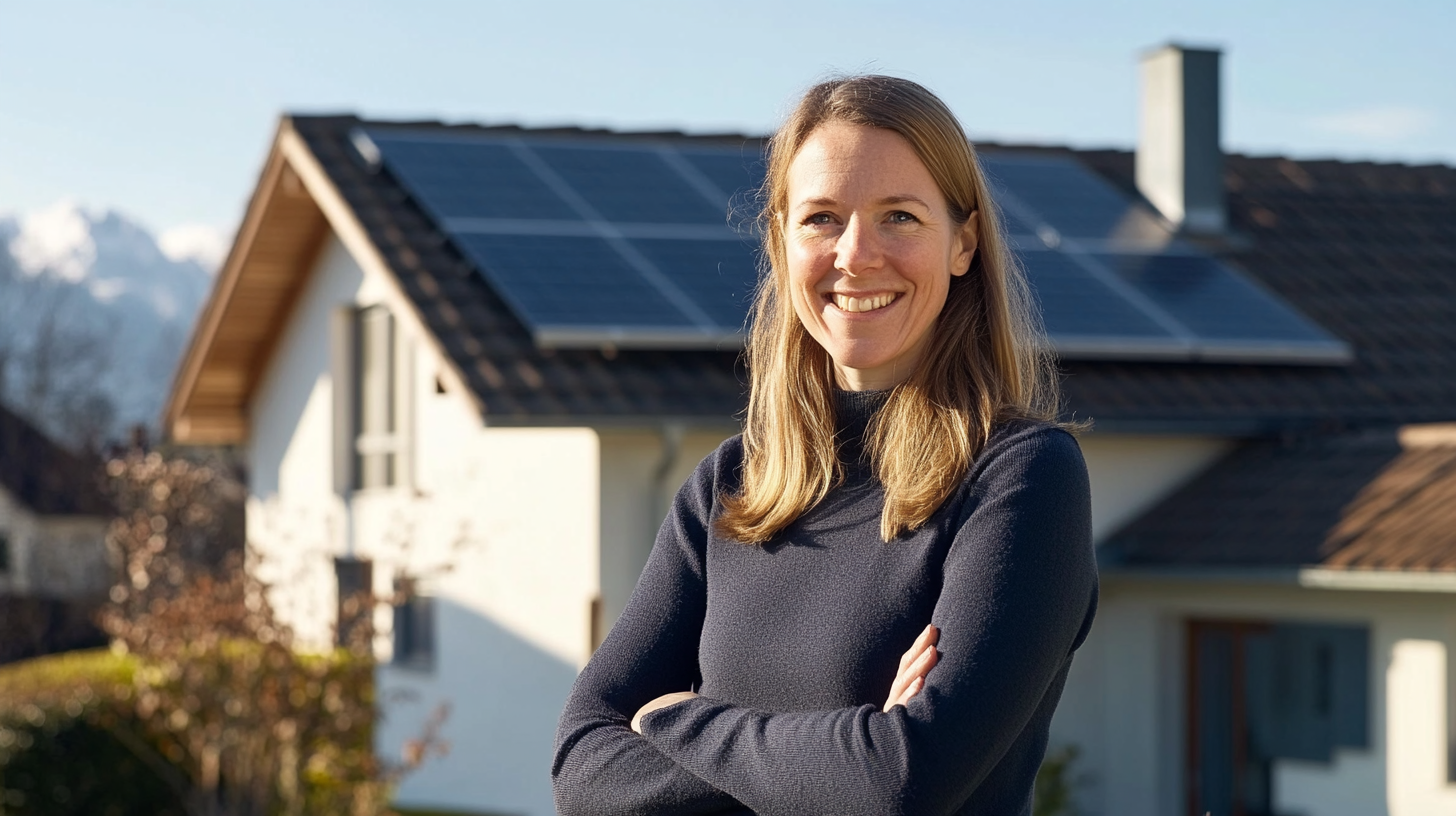
Dimensioning the PV system (number of modules and output) according to current needs or safety and feel-good factor? – Image: Xpert.Digital
💡🌞 Investing in solar systems: More than just economics
🌱🔋 It is interesting to observe that many people pay less attention to the economic sense of purchases such as expensive cars or luxurious vacation trips and instead focus on factors such as the feel-good factor, sense of security and status. When investing in a rooftop solar system, however, every euro is often carefully weighed, although such systems can also contribute to increasing personal well-being and protecting against energy shortages.
A possible reason for this behavior could be that the benefits of luxury goods can be experienced immediately, while the benefits of a solar system seem more long-term and less tangible. In addition, for many people, the area of renewable energies is complex and fraught with uncertainty, which leads to a more critical view.
In order to overcome this discrepancy, it would be important to communicate the advantages of solar systems not only from an economic point of view, but also to emphasize the aspect of personal independence and the contribution to environmental protection. Through increased education, more people could see investing in renewable energy as a sensible and holistically worthwhile decision.
When sizing a photovoltaic (PV) system, it is also important to take both current and future electricity needs into account. This is particularly true in combination with a power storage system to ensure energy supply even in the darker months of the year. Here are some important considerations and recommendations:
📏📐 Sizing the PV system
Factors for determining system size:
- Electricity consumption: Annual electricity consumption is a crucial factor. A rule of thumb is to multiply the annual electricity requirement by 2.5 to determine the required power in kilowatt-peak (kWp).
- Roof area: The available roof area determines the maximum number of solar modules. Typical solar modules require around 2 m² per module.
- Budget: The available budget can influence the size of the facility. Subsidies can help finance larger systems.
Matches:
Oversizing
- An oversized PV system can be useful to support future expansions (e.g. electric car charging station or heat pump) and to generate more energy in the winter months.
- An inverter with sufficient capacity is necessary to fully exploit the advantages of an oversized system.
⚡🔋 Dimensioning of the power storage
Factors determining storage size:
- System size and power consumption: An electricity storage system should ideally have a capacity of around 1 kWh per kWp of system output.
- Consumption behavior: Daily electricity consumption and the times of highest consumption (e.g. morning and evening) influence the required storage capacity.
- Degree of self-sufficiency: The higher the desired level of self-sufficiency, the larger the storage capacity should be.
Oversizing of storage
- Too much storage can have unused capacity in winter and be inefficient in summer, increasing the cost per kWh stored.
- It is often more economical to make the storage a little smaller and upgrade it if necessary.
🛠️🔧 Recommendations
- Use all available roof space for the PV system if budget allows to accommodate future needs.
- Plan the energy storage system so that it meets your current needs and offers some flexibility for future expansion.
- Consider professional advice to ensure optimal sizing based on individual circumstances.
By carefully planning and sizing your PV system and storage system, you can efficiently cover both current and future energy needs while optimizing costs.
Suitable for:
